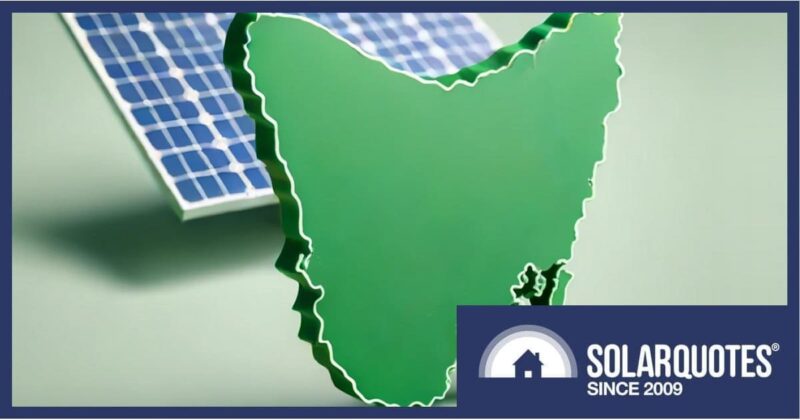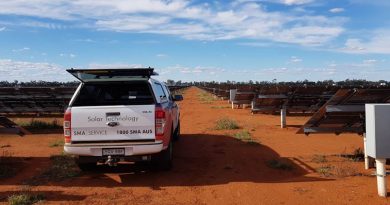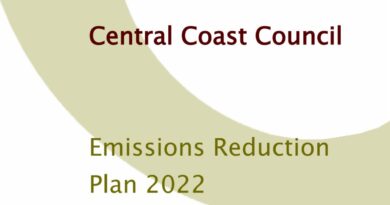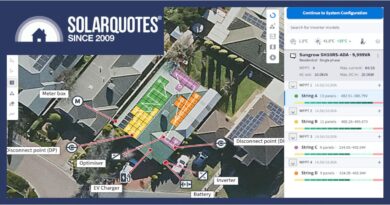Loyal To Your Electricity Retailer? It Might Be Costing You Big


The Australian Competition and Consumer Commission (ACCC) estimates more than 80% of National Electricity Market (NEM) households are paying more for electricity than they need to.
NEM states include Queensland1, New South Wales (and ACT), Victoria, Tasmania and South Australia – so, covering the majority of Australia’s population.
The ACCC’s finding is related to its latest publication – “Inquiry into the National Electricity Market report – December 2024” – which was released yesterday.
The Commission says many households remain on market offers priced at or above the government safety net prices (aka standing or Default Market Offers). These “safety nets” are designed to ensure those who haven’t selected a market offer aren’t gouged (too much). But those who do engage with market offers – most of us – are fair game it seems.
“If you haven’t changed electricity plans in the past 12 months, chances are you are paying more for your electricity than you need to,” said ACCC Commissioner Anna Brakey.
How much more could be significant. The ACCC indicates households on offers more than a year old are paying on average $238 more per year than households on newer offers, and the ‘loyalty penalty’ increases with the age of the offer.
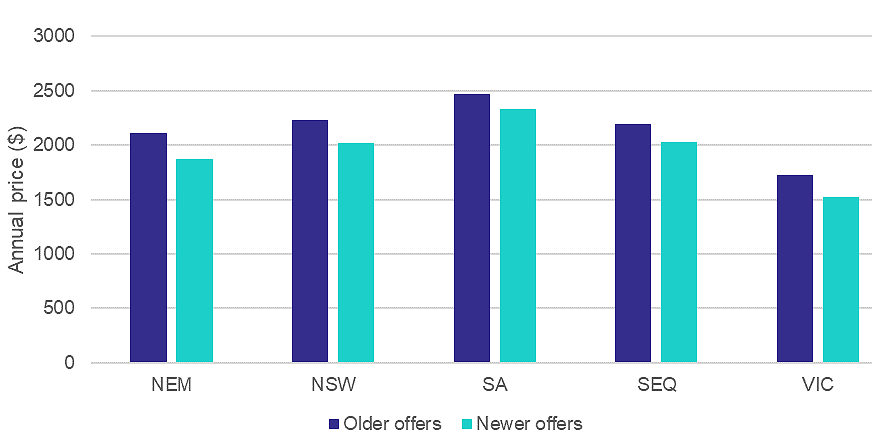

The Commission found 59% of customers on flat rate offers over 2 years old are on prices at or above the default offers, compared to only 10% of customers on flat rate offers less than 12 months old.
Demand Charges Particularly Problematic
The ACCC also found just over half of customers on flat rate plans with a demand charge component were on offers with calculated annual prices at or above flat rate Default Market Offers.
Demand charges, or tariffs, can be very nasty. Plans with a demand charge component may offer cheaper grid electricity per kilowatt-hour, but also a demand charge based on peak power draw in kilowatts. Go over the threshold by running multiple power-hungry appliances concurrently, even just briefly, and an extra charge may be applied for every day of the billing period that could wind up being hundreds of dollars in total.
Comparing Electricity Plans Made Simple(r)
Trying to compare energy retailers by going to each company’s web site can be a very time-consuming and frustrating experience.
The ACCC recommends households in NSW/ACT, QLD, SA and TAS try comparing retailers on the Government website EnergyMadeEasy, and those in Victoria use Victorian Energy Compare.
But while you’re here, check out SolarQuotes’ easy-to-use electricity plan comparison tool. While it’s designed with solar households in mind, those without solar panels should find it useful too; and it’s regularly updated.
If that still seems too much work, you could simply call your energy retailer to see if they have a better offer available. Or even just check your last bill. Guidelines that came into effect on September 30, 2023 in the NEM (2019 in Victoria) require a “better offer” or “best offer” message on the first page of a bill periodically (at least every 100 days) based on a customer’s annual usage; and there may be a similar flag in your electricity account online interface.
Here’s an example of such a message from our most recent electricity bill:


But remember, the flag only relates to plans from your current retailer. The ACCC has also expressed concerns retailers are regularly re-using offer names, which may be confusing for customers and undermine the effectiveness of the messages.
The best electricity plan for households with solar power systems isn’t necessarily the one with the highest feed in tariffs; rather one with a good balance of FiT rates (such as they are these days), and comparatively low consumption and daily charges.
Most solar-only owners are probably better off on a flat rate tariff, but those with solar and batteries will often find a Time of Use (ToU) tariff plan with lower off-peak and shoulder rates is better. But check the fine print as some ToU plans may have components varying by season – and watch out for demand charges on ToU offers too.
Original Source: https://www.solarquotes.com.au/blog/electricity-costs-accc-mb3084/

